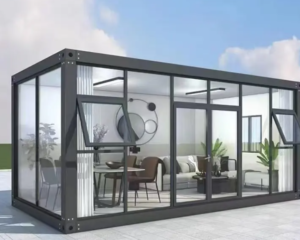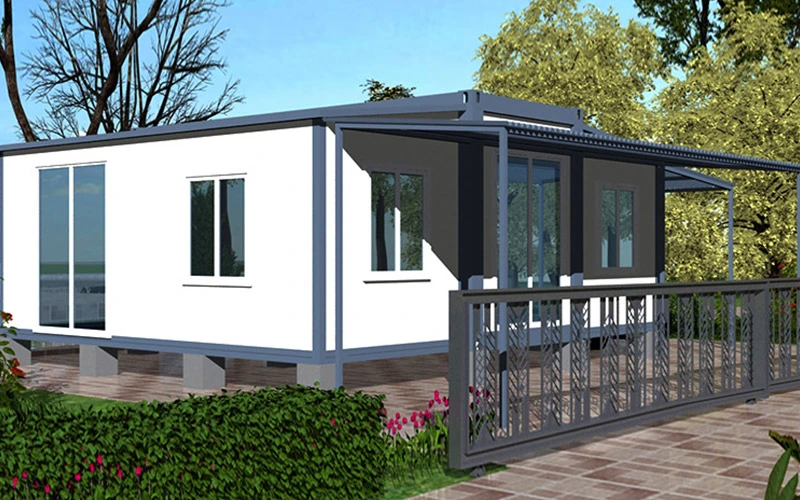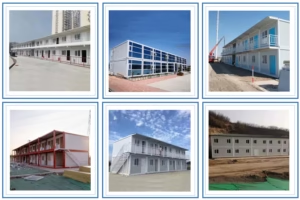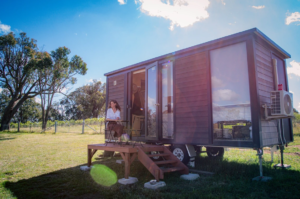Introduction
Scope Prefab shipping container homes are on the rise because they’re cost-effective, eco-friendly, and customizable. The Expandable House is one such design that boasts of added convenience and space. However, the prices can differ greatly from one to another due to several reasons. This article aims to highlight the different important reasons that affect the costs of prefab shipping container homes. Let’s begin.
1. Size and Design Complexity
Scope Prefab shipping container homes are on the rise because they’re cost-effective, eco-friendly, and customizable. The Expandable House is one such design that boasts of added convenience and space. However, the prices can differ greatly from one to another due to several reasons. This article aims to highlight the different important reasons that affect the costs of prefab shipping container homes. Let’s begin.
2. Material Quality and Insulation
Materials used in prefab container homes play a major role in cost. For example, special blends of steel and rust-proof paint give and extend the life of the container and enables energy savings. An Expandable House designed for extreme climates requires superior insulation, which increases the cost but saves money long term on energy bills.
3. Manufacturing and Labor Costs
Labor and manufacturing expenses depend on the area. Prefab homes may be cheaper to purchase in low production cost countries. However, the precision engineering needed to produce an Expandable House, which includes the folding and reinforcing of the structure, may increase its manufacturing cost.

4. Customization and Interior Finishing
Pricing is impacted by how much customization is desired. Basic interiors are standard with the Expandable Houses, however, more expensive features like upgraded flooring, built-in furniture, modern kitchen setups, and high-end bathroom fixtures are available. Buyers need to strategize to ensure they do not overspend while trying to meet their customization goals.
5. Transportation and Installation
In comparison to other types of homes, shipping container homes have simple transportation costs, but the cost varies with distance, accessibility, and method of shipping. Expandable Houses need to be handled with extra care so that their foldable components do not break. Other installation costs should also be anticipated and include setting up the foundation, connecting utilities, and paying for labor.
6. Permits and Regulations
Different regions have varied zoning laws and building codes. Some regions are more sensitive to prefab homes and may need further modifications to additional permits, which would increase the total cost. Remembered local zoning rules can save you money.
7. Energy Efficiency and Sustainability Features
Eco-friendly features such as solar panels, rainwater harvesting systems, and smart home technology contribute to higher upfront costs but offer long-term savings. Many buyers prefer Expandable Houses with sustainable solutions to reduce energy dependence and carbon footprint.
Conclusion
The cost of a prefab shipping container home, especially an Expandable House, is influenced by multiple factors, including size, materials, customization, transportation, and legal requirements. Understanding these cost components can help buyers make informed decisions and find the best balance between budget and functionality. As the demand for flexible and affordable housing solutions grows, Expandable Houses continue to be an excellent investment for homeowners and developers alike.



